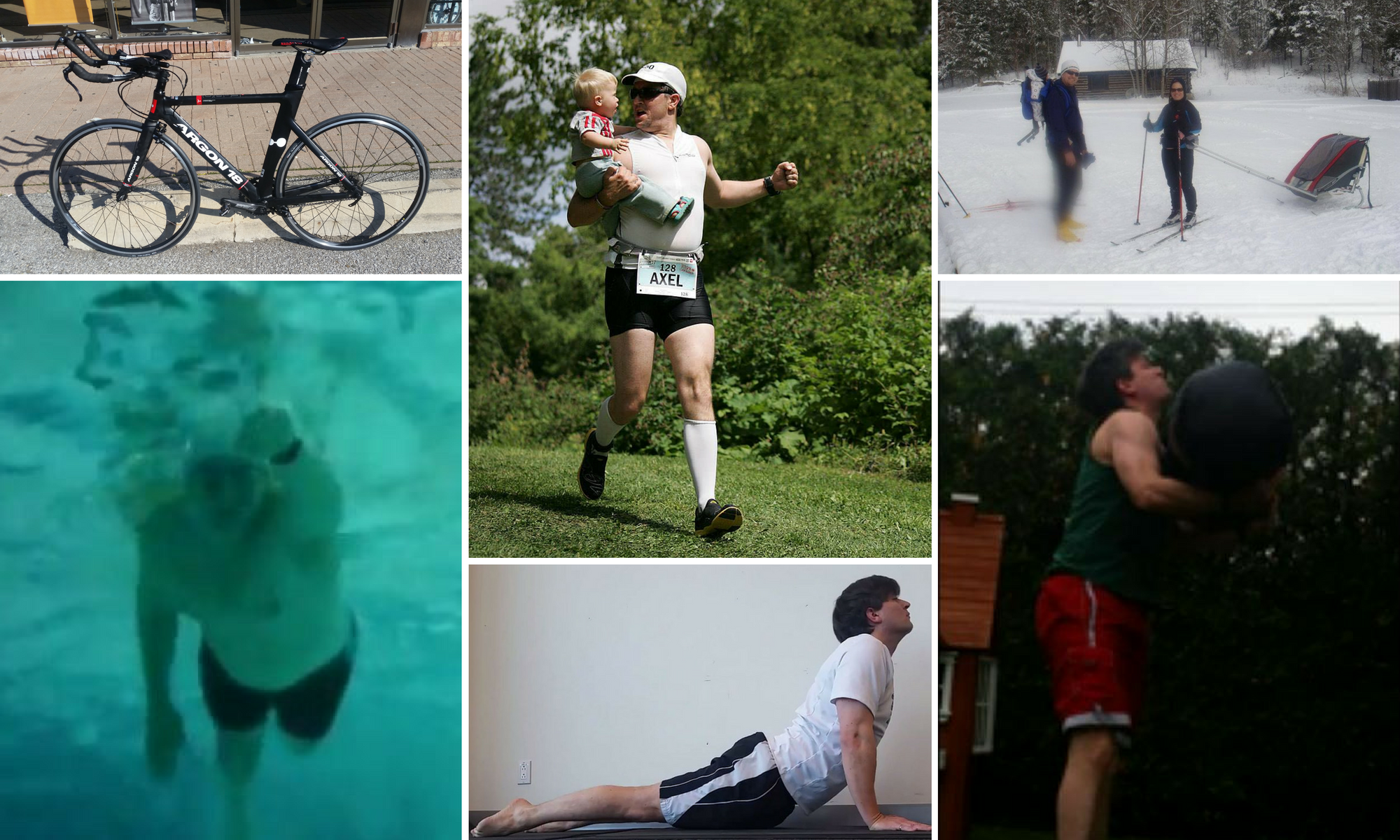Last Tuesday, I found myself swimming to music. I have very little idea what parts of my overall digital music collection are on my old iPod Nano, but as the music played, there were a couple of things I noticed while in the water:
- I found myself doing a better ‘twist’ in the water, the hip rotation gave me a little more power in my stroke. At least, that’s how it felt.
- ‘Feeling’ the music occasionally put a little extra power into my pull, but even more on the follow-through of the stroke (just before my hand would exit the water).
- These actions did have a negative effect on my body positioning, as my upper body would seem to bend off the axis of the direction of travel; I was ‘worming’ a little in the water with the trunk of my body.
I pulled some stats of my pool swims from the Garmin Connect website
| Time | Distance (m) | Average Pace | Total Strokes | Average Strokes per Length | Average SWOLF |
| 36:50 | 1500 | 2:22/100m | 751 | 13 | 48 |
| 57:20 | 2250 | 2:09/100m | 1115 | 12 | 45 |
| 26:52 | 1125 | 2:28/100m | 612 | 14 | 51 |
| 32:52 | 1300 | 2:14/100m | 652 | 13 | 46 |
The top row represents the ‘musical swim’. It looks like it’s not as good as my previous swim based on average number of strokes per length or the ‘Swim Golf’/SWOLF score*.
*”Your SWOLF score is the time in seconds plus the strokes it takes you to complete one pool length. For example 30 seconds plus 25 strokes equals a SWOLF score of 55.”
The comparisons are imperfect at best, since some of those lengths were done with pull-buoys, hand-paddles, or both. What I would really need is an apples to apples comparison – maybe do a 400m-500m set with and without music and make sure that the interval is separate and identifiable compared to my drill sets or other exercises.
What about the music itself? Is there any science behind this idea? I Googled ‘Ideal Swim Cadence’ and most websites weren’t willing to stick their necks out with any numbers… except this one.
“The ideal swim cadence is very dependent upon your height and swim speed. Typically, at a pace of 1:50 per 100 yards, an athlete will take between 55 and 65 strokes per minute. At 1:20 pace, we are looking at about 65 to 80 strokes per minute. In each of these, taller athletes should fall at the lower end of these ranges.”
The stroke count is based on the number of times my left arm (where I wear my Garmin 910XT) goes around; we can assume my right arm does an equal number of strokes. So I looked up the Tempo in BPM (beats per minute) on SongBPM.com. I hope I either do a left or right on every beat, or simply the left (i.e. both arms go around the stroke cycle between beats). So I put in columns for not only the tempo, but half the tempo.
| Title | Artist | BPM (according to SongBPM.com) | BPM/2 |
| Anything ‘Cept the Truth | Eagles of Death Metal | 126 | 63 |
| Hey Boy Hey Girl | Chemical Brothers | 127 | 64 |
| I Want You Back | Jackson 5 | ?81-104? | ? |
| Jackson | Lucinda Williams | 76 | – |
| Still Remains | Stone Temple Pilots | 132 | 66 |
| Alright Hear This | Beastie Boys | 102 | 51 |
| New Years Day | U2 | 134 | 67 |
| Plush | Stone Temple Pilots | 72 | – |
| Hypnotize | System of a Down | 77 | – |
| North and South of the River | U2 | 103 | 52 |
| Stand By Me | Ben E. King | ?116-123? | ? |
I highlit the songs that ‘felt’ the best as I was swimming. The 1:50 per 100 yards pace comes out to 2:00 per 100 meters, so I’m a little slower than that, but I think you can link that cadence to about 63-77 strokes per minute.
Obviously the whole notion is a little ‘out there’ and at the least bears further experimentation before drawing conclusions, but I still thought it was interesting. I can’t wait till I can find time for a longer pool workout (or two) to play with it a little.


